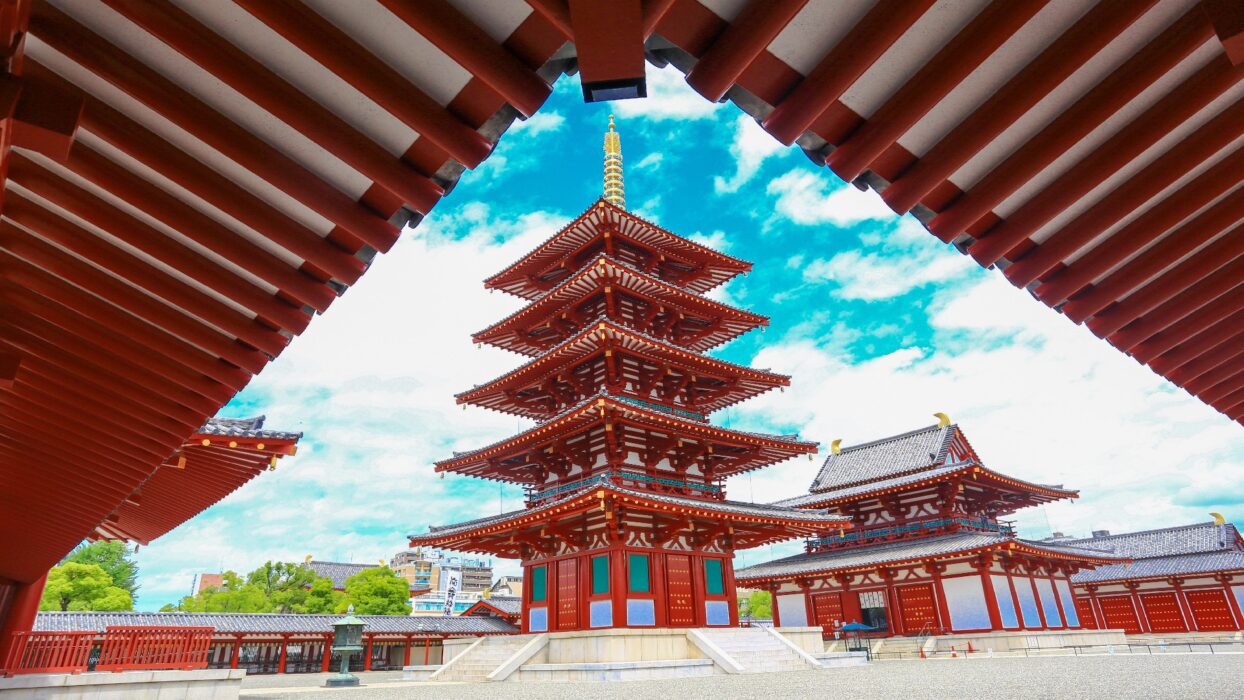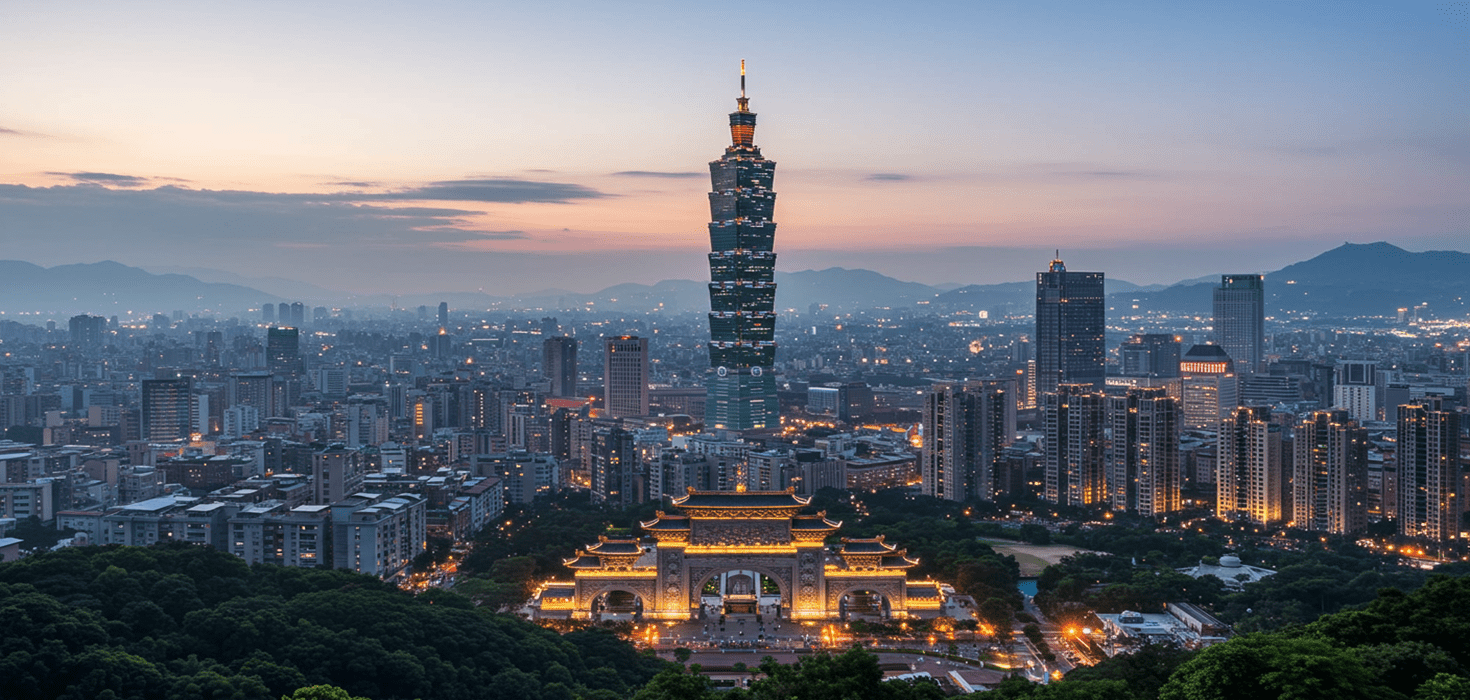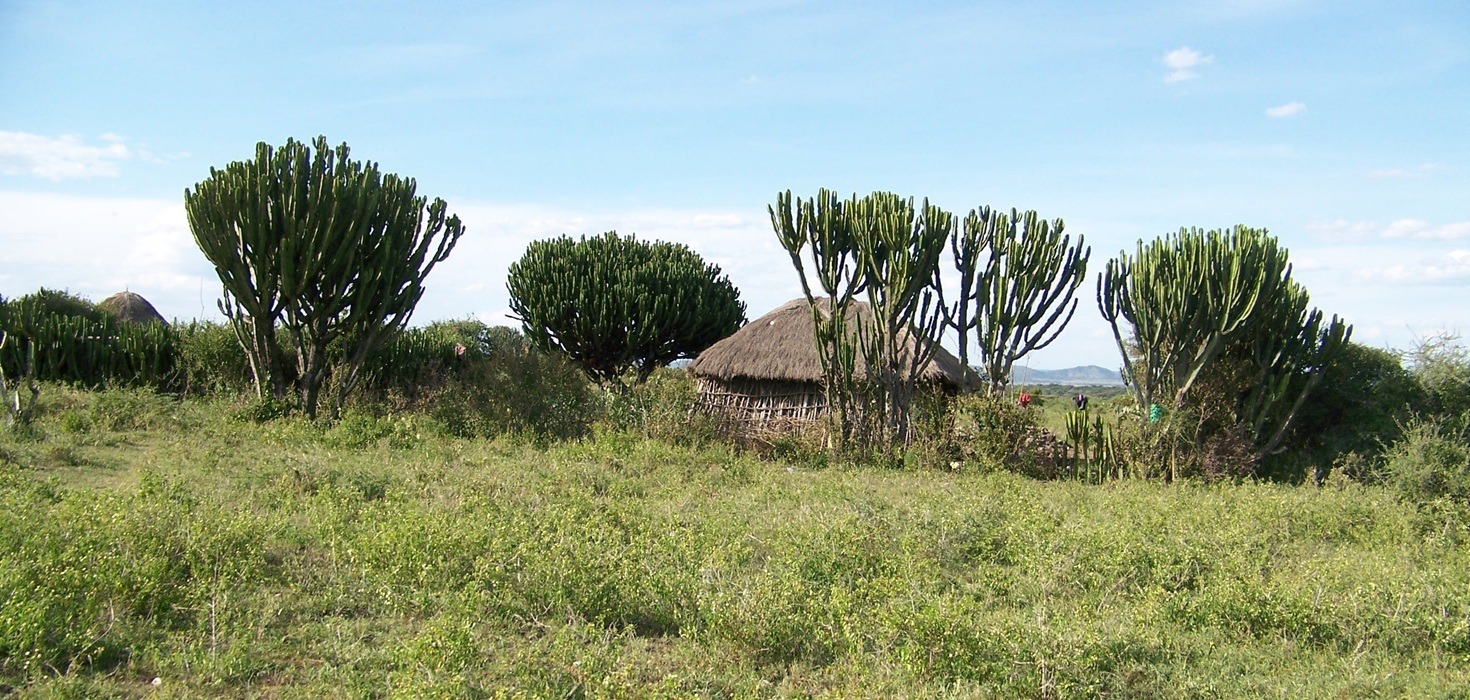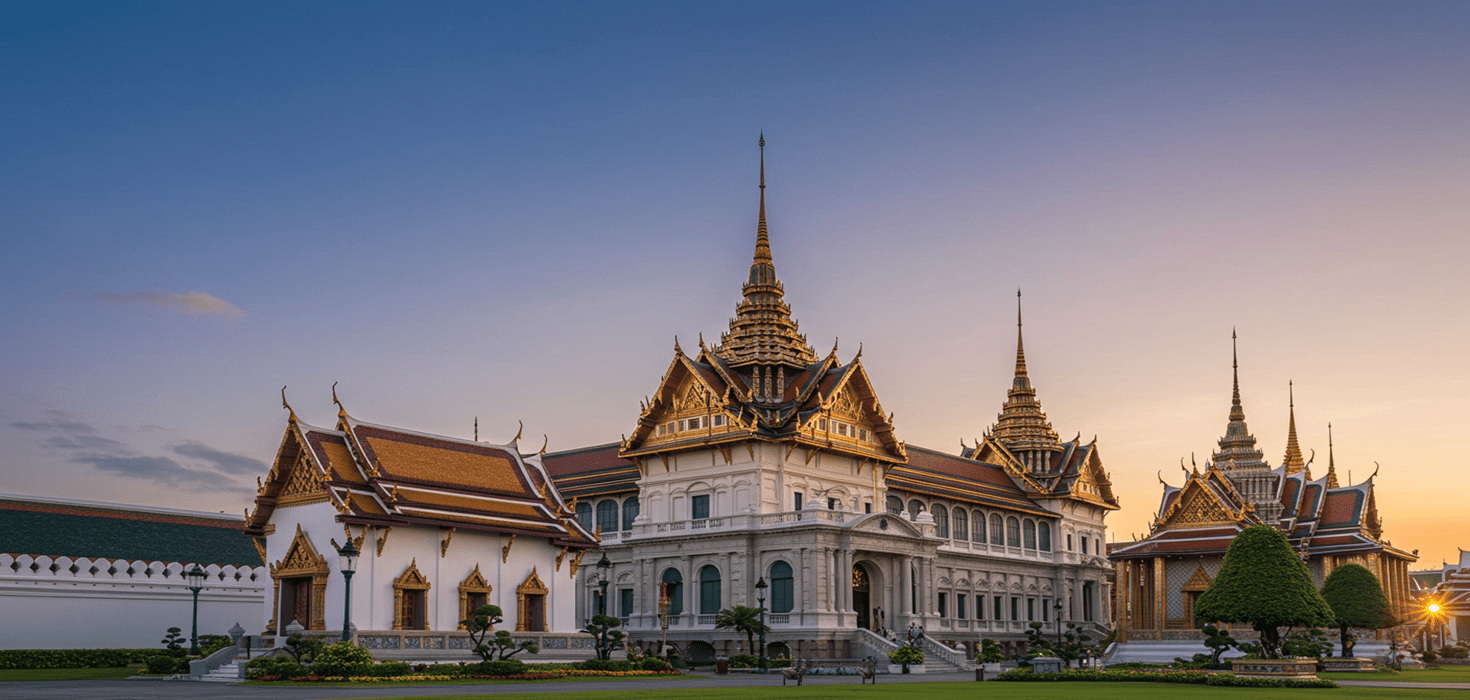Introduction
Welcome to the enchanting world of Fushimi Inari Shrine, one of Kyoto’s most iconic and beloved attractions. Nestled at the base of the Inari Mountain, this shrine is dedicated to Inari, the Shinto god of rice, and has been a place of worship for centuries. With its stunning array of vibrant red torii gates, Fushimi Inari Shrine offers a magical experience that draws visitors from all corners of the globe.
But there’s more to this cultural gem than meets the eye! In this guide, we will uncover hidden gems within the shrine, explore the seasonal festivals that bring the grounds to life, and reveal the best spots to soak in breathtaking views. Whether you’re a first-time visitor or a seasoned traveler, there’s always something new to discover at Fushimi Inari Shrine!
Discovering Fushimi Inari Shrine: A Cultural Icon
With a history that dates back to the 8th century, Fushimi Inari Shrine stands as a testament to Kyoto’s rich cultural heritage. The shrine’s architecture is a stunning display of traditional Japanese style, featuring intricate wooden structures and, of course, the famous torii gates that wind their way up the mountain. Each torii gate is donated by individuals or businesses, and their names are inscribed on the gates, creating a personal connection to the shrine.
While many visitors flock to the shrine for its picturesque photo opportunities, there are unique aspects often overlooked. For example, did you know that Fushimi Inari is home to several smaller shrines scattered throughout the trails? These hidden shrines offer a peaceful retreat and a chance to connect with the spiritual essence of the site. Be sure to take your time exploring these lesser-known spots, as they provide a deeper understanding of the shrine’s significance.
For more insights into this cultural icon, check out our article on Exploring the Enigmatic Fushimi Inari Shrine.
Fushimi Inari’s Torii Gates: A Pathway to Enchantment
The highlight of any visit to Fushimi Inari Shrine is undoubtedly the iconic torii gates. These vibrant red gates create a stunning pathway that leads visitors on a spiritual journey up the mountain. Each torii gate represents a wish or blessing, making every step along the trail a meaningful experience.
For photography enthusiasts, the trails offer some of the best spots to capture the magic of Fushimi Inari. Early mornings or late afternoons provide the perfect lighting for stunning shots, especially when the sun filters through the gates. Don’t miss the opportunity to snap a picture at the famous Senbon Torii, where thousands of gates create a mesmerizing tunnel effect.
For tips on capturing the best angles and lighting, check out our guide on Fushimi Inari Shrine | Hike Through the Famous Torii Gates.
Scenic Trails and Hidden Viewpoints: Hiking Fushimi Inari
Ready to lace up your hiking boots? The trails at Fushimi Inari offer a fantastic opportunity to immerse yourself in nature while enjoying stunning views of Kyoto. The main trail stretches for about 4 kilometers and takes approximately two hours to hike, but you can easily spend more time exploring the various paths and hidden viewpoints along the way.
For those seeking the best views, make your way to the top of the mountain, where you’ll be rewarded with breathtaking panoramas of the city and surrounding countryside. The best times to hike are during the early morning or late afternoon, when the temperatures are cooler and the light is perfect for photography.
If you’re concerned about accessibility, there are alternative trails that cater to different fitness levels, making it easy for everyone to enjoy the beauty of Fushimi Inari. For more details on hiking options, visit our guide on Fushimi Inari Hike: Explore Kyoto’s Colorful Torii Gates.
Seasonal Festivals at Fushimi Inari: Celebrating Culture and Tradition
Fushimi Inari Shrine isn’t just a feast for the eyes; it’s also a vibrant hub of cultural festivities throughout the year! With a calendar brimming with significant events, each festival offers a unique glimpse into the rich traditions of Kyoto. One of the most notable is the Inari Matsuri, held in early February. This festival features colorful parades, traditional music, and rituals to honor Inari, the deity of rice and agriculture. Visitors can enjoy food stalls, performances, and the mesmerizing sight of thousands of lanterns illuminating the shrine.
Another highlight is the Fushimi Inari Taisha Lantern Festival, which takes place in mid-August. The shrine is adorned with beautiful lanterns, creating a magical atmosphere as the sun sets. Attendees often share personal stories about their experiences, making this festival a heartwarming celebration of community and spirituality. If you’re lucky, you might even catch a glimpse of the local Shinto priests performing traditional ceremonies!
Be sure to check the Experience Fushimi Inari Taisha: Kyoto’s Lantern Festival Magic for more details on dates and activities. Mark your calendar and prepare to immerse yourself in Kyoto’s vibrant culture!
Cherry Blossoms and Autumn Leaves: Nature’s Showcase at Fushimi Inari
Nature lovers, rejoice! Fushimi Inari Shrine is a stunning backdrop for cherry blossoms in spring and fiery autumn leaves. The best time to witness the cherry blossoms is typically from late March to early April. As you stroll through the shrine, you’ll find sakura trees lining the trails, creating a breathtaking contrast against the iconic red torii gates. The sight of delicate pink petals fluttering in the breeze is nothing short of magical!
As the seasons shift, the shrine transforms once again. From mid-November to early December, the vibrant hues of autumn foliage blanket the mountainside. The golden and crimson leaves create a picturesque setting that’s perfect for photography. The view from the top of the mountain, with Kyoto nestled below, is a sight you won’t want to miss!
For tips on the best spots to catch these seasonal beauties, check out our guide on Chasing Cherry Blossoms: A Day at Fushimi Inari, Kyoto. Prepare your camera and get ready to capture the essence of Kyoto’s natural beauty!
Culinary Delights Near Fushimi Inari: A Foodie’s Paradise
After a day of exploring the stunning sights of Fushimi Inari, treat your taste buds to the local culinary delights that surround the shrine. The area is filled with charming food stalls and eateries, each offering a taste of Kyoto’s rich food culture. Don’t miss the chance to try Inari sushi, a delicious rice dish wrapped in sweetened tofu skin, which is said to be a favorite of Inari himself!
For something sweet, indulge in yaki dango, grilled rice dumplings brushed with a savory-sweet sauce. These treats are perfect for a quick snack as you wander through the shrine grounds. If you’re feeling adventurous, seek out a local stall serving matcha-flavored sweets—a delightful nod to Kyoto’s famous green tea heritage.
Curious about where to find these culinary gems? Check out our article on Explore Fushimi Inari Shrine: Entrance Fee & Top Tips! for recommendations on the best food stalls and local specialties. Your taste buds will thank you!
Practical Information for Travelers: Tips and Essentials
Planning your visit to Fushimi Inari Shrine? Here’s what you need to know! The shrine is open 24 hours a day, allowing you to explore at your own pace. Admission is free, making it an accessible destination for everyone. However, if you’re planning to hike the trails, it’s best to start early in the morning or later in the afternoon to avoid the crowds and enjoy the cooler temperatures.
Transportation is straightforward as well! The shrine is conveniently located just a short walk from Inari Station on the JR Nara Line. If you’re coming from Kyoto Station, it’s about a 5-minute train ride. For those with mobility issues, there are alternative routes that provide easier access to the shrine’s main areas.
For more travel tips and essential information, visit our guide on Discover Kyoto’s Fushimi Inari: Enchanting Night Walks. Prepare for an unforgettable adventure!
Outdoor Activities and Sports Around Fushimi Inari
For those looking to stretch their legs beyond the shrine, the surrounding area offers a variety of outdoor activities. Join a guided walking tour to learn more about the history and culture of Kyoto while enjoying the scenic routes. Many tours incorporate stops at hidden spots that showcase the natural beauty and local traditions of the area.
If you’re feeling adventurous, consider renting a bicycle and exploring the nearby trails. The gentle slopes and picturesque views make for a delightful ride. Plus, cycling allows you to discover hidden gems that you might miss on foot!
For a unique experience, look for local outdoor workshops that teach traditional crafts or cooking classes using seasonal ingredients. These activities provide a deeper connection to Kyoto’s culture and are perfect for those seeking something off the beaten path.
Seasonal Travel Insights: Best Times to Visit Fushimi Inari
Timing your visit to Fushimi Inari can greatly enhance your experience. Spring (March to May) is a fantastic time to witness the cherry blossoms, while autumn (September to November) offers stunning foliage. Summer can be hot and humid, but it’s also when many festivals take place, adding a lively atmosphere to your visit. Winter, on the other hand, brings a serene beauty as the shrine is often less crowded, allowing for a more tranquil experience.
Each season has its own charm, so consider what you’d like to see and do when planning your trip. For a detailed breakdown of seasonal highlights, check out our guide on Fushimi Inari Shrine | Hike Through the Famous Torii Gates. You’ll be sure to find the perfect time for your visit!
Safety and Health Guidelines for Visitors
Your safety is a top priority while enjoying the beauty of Fushimi Inari. Always stay hydrated, especially during the warmer months, and wear comfortable shoes for hiking. If you plan to visit during festivals, be prepared for larger crowds and consider arriving early to secure a good spot for viewing events.
Local authorities recommend keeping personal belongings secure and being aware of your surroundings, particularly in busy areas. If you experience any health issues or emergencies, don’t hesitate to seek help from shrine staff or local vendors who are usually happy to assist.
For more detailed health and safety tips, visit our guide on Fushimi Inari Shrine | Hike Through the Famous Torii Gates. Stay safe and enjoy your adventure!
Fun Facts About Fushimi Inari: Quirky Tidbits to Impress Your Friends
Ready to impress your friends with some fun facts about Fushimi Inari Shrine? Here are a few quirky tidbits:
- The shrine is home to over 10,000 torii gates, making it one of the most photographed places in Japan!
- Each torii gate is a donation from individuals or businesses, with the names of the donors inscribed on the gates.
- The trails leading up the mountain are lined with fox statues, which are considered the messengers of Inari. Keep an eye out for these charming figures!
- Fushimi Inari Shrine has been featured in numerous films and TV shows, showcasing its stunning beauty to a global audience.
These fun facts not only enhance your appreciation of the shrine but also make for great conversation starters with fellow travelers!
Commonly Asked Questions (FAQs) About Fushimi Inari
Got questions about visiting Fushimi Inari Shrine? Here are some commonly asked queries:
- Is there an entrance fee? No, Fushimi Inari Shrine is free to enter!
- What are the best times to visit? Early mornings and late afternoons are ideal for avoiding crowds and enjoying cooler temperatures.
- How long does it take to hike the trails? The main trail takes about two hours, but you can spend more time exploring the smaller paths.
- Are there food options nearby? Yes! There are plenty of food stalls and restaurants around the shrine offering delicious local specialties.
For more travel tips, check out our guide on Fushimi Inari Hike: Explore Kyoto’s Colorful Torii Gates. Get ready for an unforgettable experience!
Detailed Day-by-Day Itinerary for an Unforgettable Fushimi Inari Experience
Want to make the most of your visit to Fushimi Inari Shrine? Here’s a suggested itinerary to help you enjoy all the highlights:
Day 1: Arrival and Exploration
- Morning: Arrive in Kyoto and head straight to Fushimi Inari Shrine.
- Midday: Hike the trails, taking your time to explore smaller shrines and enjoy the views.
- Afternoon: Grab lunch at a nearby food stall and try some Inari sushi.
- Evening: Return to the shrine for the Lantern Festival (if visiting in August) or enjoy a peaceful sunset hike.
Day 2: Cultural Immersion
- Morning: Join a guided walking tour to learn about the shrine’s history and significance.
- Midday: Participate in a local cooking class or craft workshop.
- Afternoon: Explore nearby attractions like Tofuku-ji Temple.
- Evening: Enjoy a traditional dinner at a local restaurant.
This flexible itinerary allows you to experience the best of Fushimi Inari while catering to your interests. For more details, check out our guide on Fushimi Inari Shrine | Hike Through the Famous Torii Gates.










